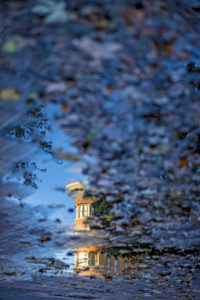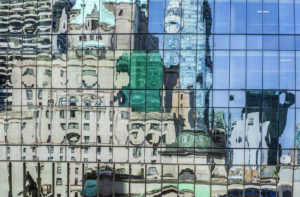
Creativity….I hear this word fairly often, or one of its derivatives…creative, create or even uncreative. This, in many ways becomes the key to our existence as “creatives” (theres that word again). As photographers and artists, we sometimes become obsessed with being creative, after all, photography is a creative art, so that must mean we need to be creative to make great images. Yes, we need to be creative, yes we need to tap into that creative side of ourselves, but creativity is not something we can turn on at will. I think we feel constrained by how we are “supposed” to feel about photography. You will notice that the words being used here are not very definitive. Words like create and feel should give you a sense that creativity is not something that is on all the time. We hear that to make great images, we need to be in a “creative” space, but thats not always possible. I do commercial photography and believe me, there are many times when I am at a client shoot and I am most certainly NOT in a creative space, but there I am, the photographer, the “creative” guy, and I need to make their product look amazing.
So, what do we do? We cannot simply “turn” creativity on or off. I am not sure what the answer is, or even if there is an answer, but I have found that a few things help me to get into a more creative space.
1. Make it happen
If you are feeling uncreative (if thats a word) try this, start taking photos of arbitrary subjects, it can be anything. See how you can find different angles, lighting, shapes and so on. Be very focused on this for about ten minutes, this exercise I find, tends to unlock my creative mind and pretty soon I am seeing some angles and shots that I didn’t see ten minutes before. Another thing I do is use my iPhone to constrain myself to that format. This helps me see what is possible and how much more I can do with my SLR!

2. Stand there
Freeman Patterson apparently does an exercise with students on his workshops. He makes them stand in one place. He then tells them to take 36 different images from that vantage point. That sounds easy, but they must be 36 DIFFERENT images. Not the same angle, not the same subject, not the same composition. They cannot move off that spot until they have taken those images, no matter how long it takes. Sounds crazy, but it is possible and it forces you to look at your surroundings and the objects nearby. Try it! At first it feels “wooden” it seems difficult and your brain seems to freeze up after shot number 5. Push through it and you will be amazed how this can unlock the creativity. You can do this in an open field, in a room in the house or even the kitchen or garage. Also, you don’t have to stand, you can kneel down, lie down, lie on your back, your stomach, whatever works. Freeman has written books on this subject, he is like the Obi Wan Kenobi of creativity!
3. Flow
If you have your camera in hand, and your creativity is not with you, start shooting anyway. This sounds counter intuitive, but it works. I run a photo walking group in Vancouver and on almost every photowalk, I will ask someone how the shots are coming along. Often I hear them say “not so good, there is nothing to photograph” or “I don’t feel very inspired today”. Fair enough, that happens. I will then reply, “Why don’t you just start shooting something, anything, look for colours or shapes or even textures, but start shooting”. Very often, the activity of taking photos will help break through the blockages and before you know it, you are flowing…seeing shapes, colours and ideas. It is amazing that we can simply do an action and that can cause our brains to change and start seeing things creatively.

4. Draw it
I am by no means a great sketch artist, but I enjoy the act of drawing. One technique that I find works for me sometimes is to sit down and try and sketch the scene. The link between your hand and your brain can start unlocking creativity. Pretty soon, you will be observing things through different eyes and then you can pick up your camera and start the photography process. If you like, you can keep sketching, its just another way of capturing the scene.
5. Try and look for colours, shapes and textures
If the subject matter is not very interesting, I then turn to more abstract subjects. You could start by looking for colours, shapes, textures, urban decay or anything abstract that might work. Shoot up close, do some macro shots. By focusing on the small stuff, the big stuff sometimes falls into place…try it!
So yes, creativity can be elusive. The muse sometimes doesn’t show up and it is those times that we need to work for the shot. There are also times when the whole shoot feels “wooden” or hollow, as if you are simply going through the motions. That will happen and it must happen. Those are the times when we need to dig deeper as photographers and try and make the best out of the situation. Try and photograph something great when you are in a creative slump, its a good exercise. I also find that I don’t edit my images immediately after I have had a non-creative shoot. I leave them for a week or two and go back to them when I feel more creative, this has helped me see some good images which I felt were bland at the time.
Creativity can be a cruel master. When you need it, it can be elusive, other times it is there and your camera isn’t. The important thing is to do creative actions whether you feel creative or not. Work hard at making it happen and you will be rewarded. On those rare occasions when the creativity is there and the scene is perfect, relish it, those times are what makes photography the exciting art that it is.


I am glad to see that the e challenges have begun again. I am in Kelowna and can only get into e challenges. I was so disappointed when it looked like it was stopped several years ago. Thank you for adding this C r e A t iv e way to my life. Terry